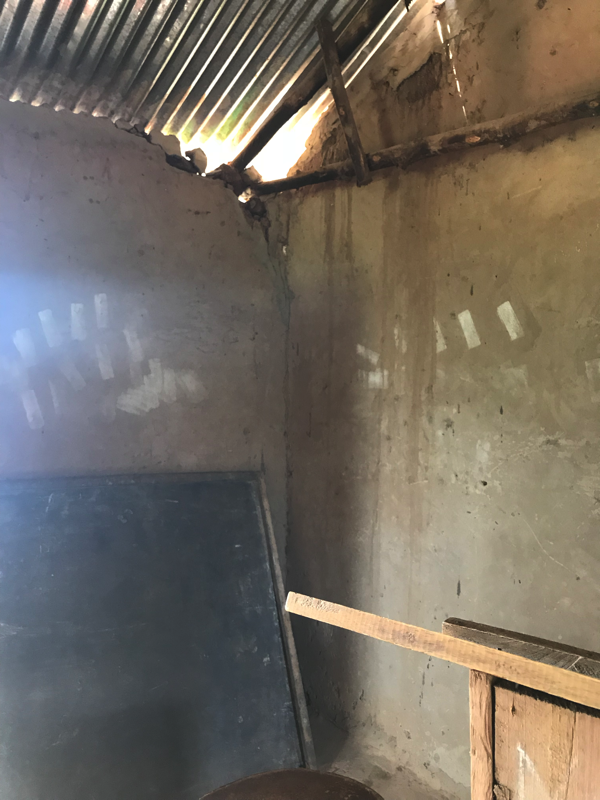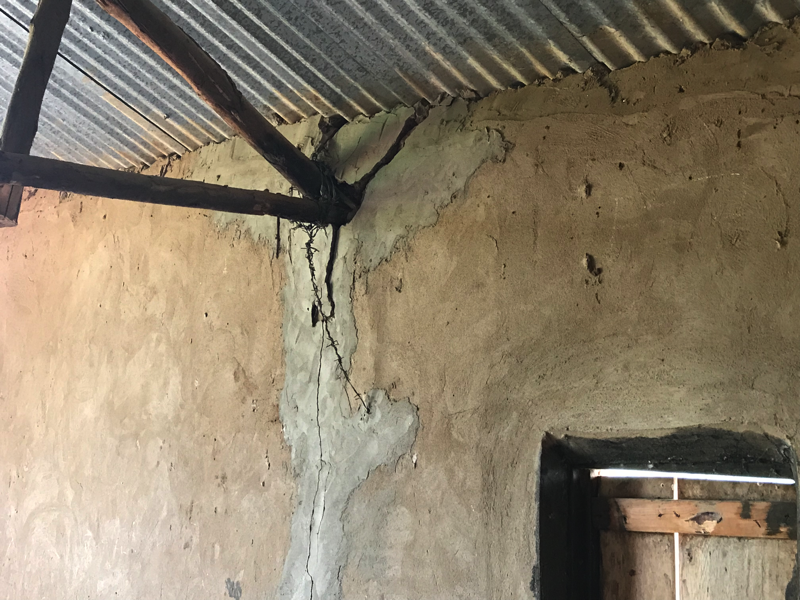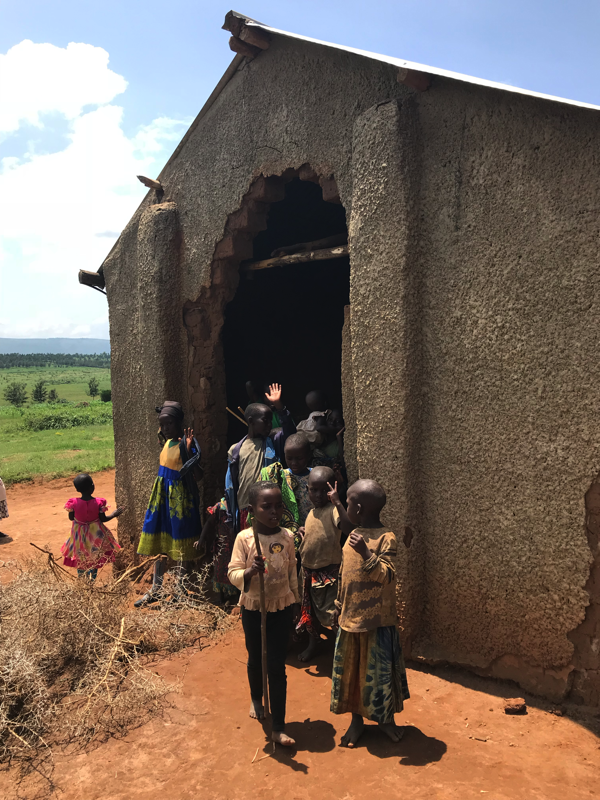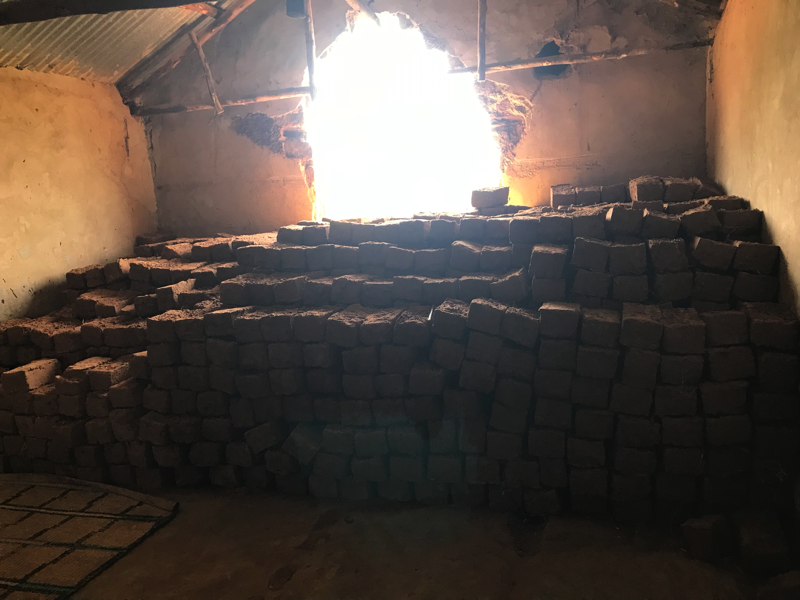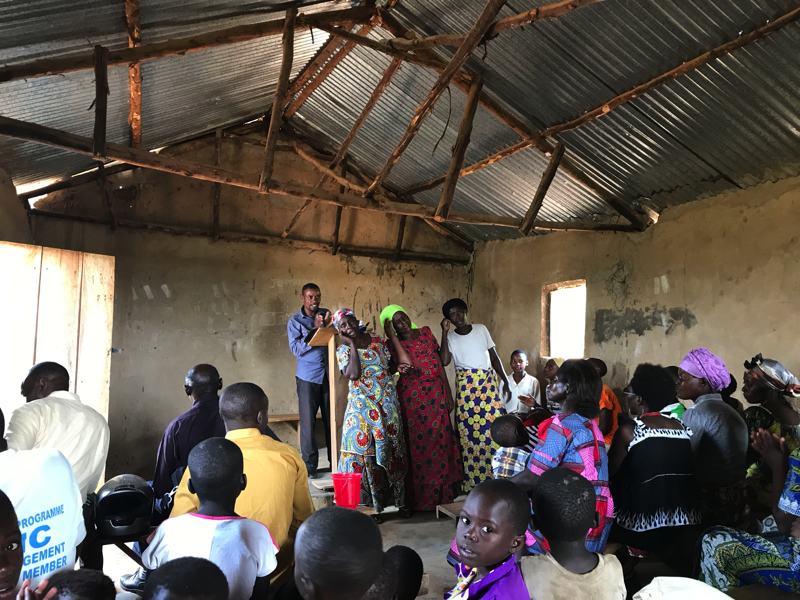A few months ago, I shared how they surveyors had found no water deep in the ground at Independent Baptist, Sangano. Water is a huge need there and we determined not to give up.
The survey took place in July. We’d payed the company most of the money for the whole job, expecting they’d find water and put in a well. When they didn’t, we asked for a refund of the money they didn’t use for parts and some of the labor. We knew this would be a decent amount of money and would allow us to look into other options.
We researched what others in the area had done for water. Our thought was, if you can’t find water under ground, look for water above ground. James began pricing what we’d need for rainwater collection.
It took almost three months to get the money refunded. It was a miracle they refunded it at all! Many companies here have NO refund policy and if they do have one, they won’t honor it. This is changing little by little but you never know ahead of time how it will work.
The mason, Crispus, put together a price list for buying 10,000 liter water tanks, guttering for the school buildings, and bricks and cement to make a protective enclosure. (Left in the hot equatorial sun, the plastic water tanks will eventually degrade and break. The enclosure helps them last much longer.)
Pretty much the same day we received the refunded money, Crispus was out at Sangano putting in the tanks. We felt like it was a race against time. They’d gotten a little rain, but the rainy season hadn’t really started for them.
The rains came within days of the finished work. They used the first tanks full of water only for cleaning and laundry and then sanitized the inside of the tank with what remained before it rained again.
God provided a wonderful rainy season for them. The tanks stayed full until the end of January. The dry season was short. It usually lasts (for them) from mid to late December until the end of February. It’s been raining at Sangano since mid-February and the tanks are full once more.
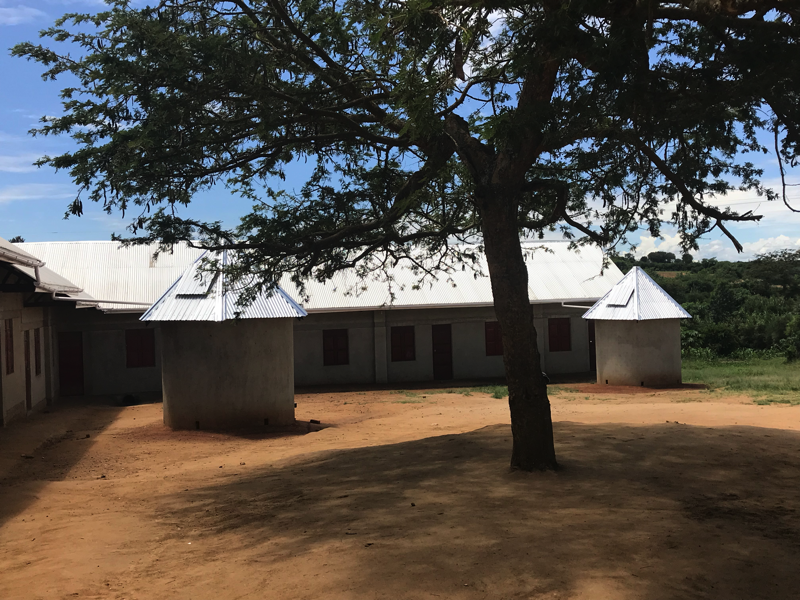
The tanks look like little huts. A spigot comes out of the bottom of the tank and is far enough above the ground so they can get a jerry can under it. One good rainstorm will fill both of the tanks completely full, so there is a runoff pipe at the top. When they get good rain, they empty it as fast as they can so they can take the most advantage of the water.
They’ve been able to use the abundant water as a ministry out of the church. When they have enough water, they hand it out to anyone in the community who needs it. The people come for drinking water and the church people use it to introduce them to the Water of Life.


